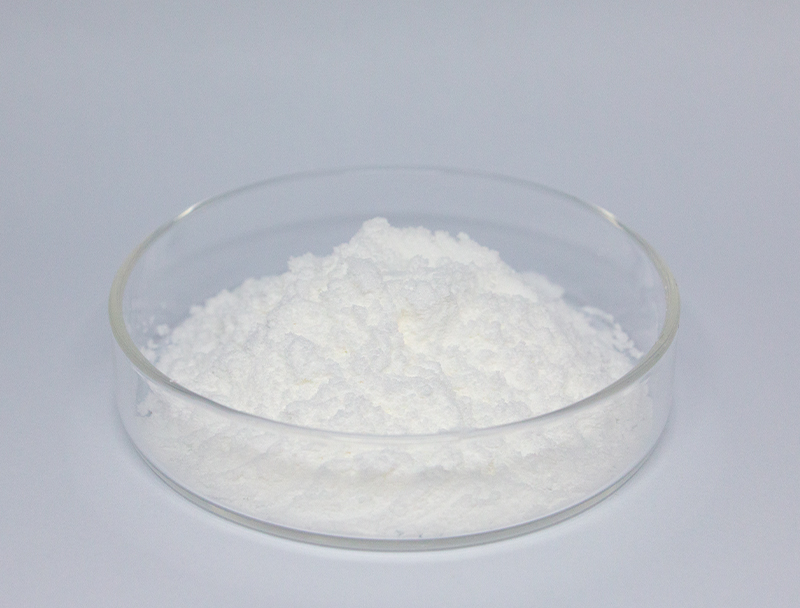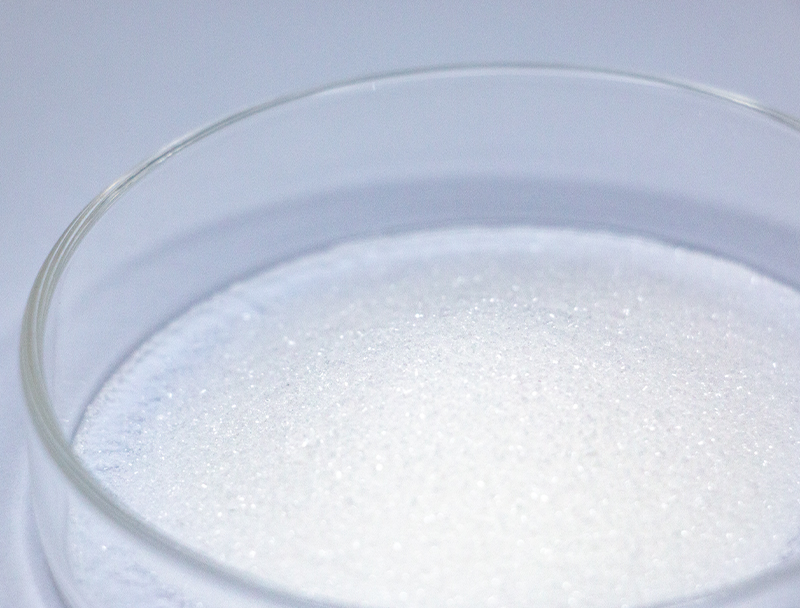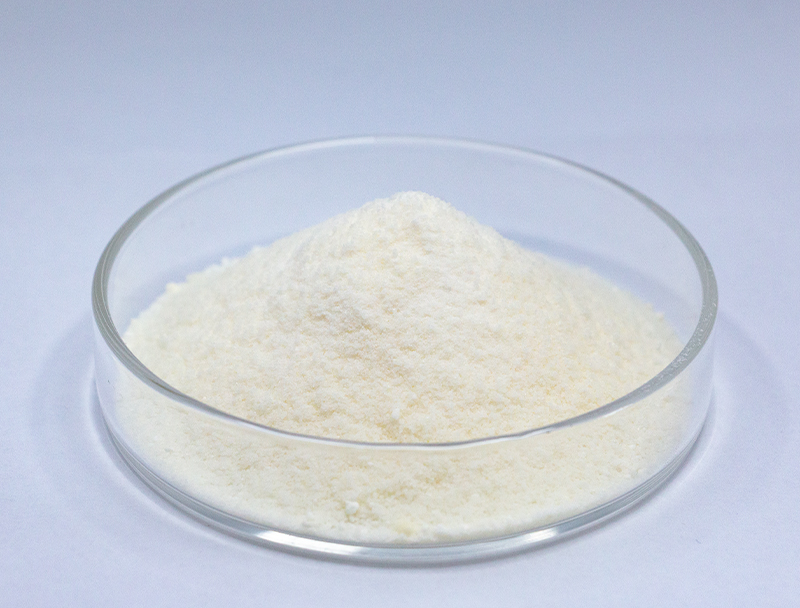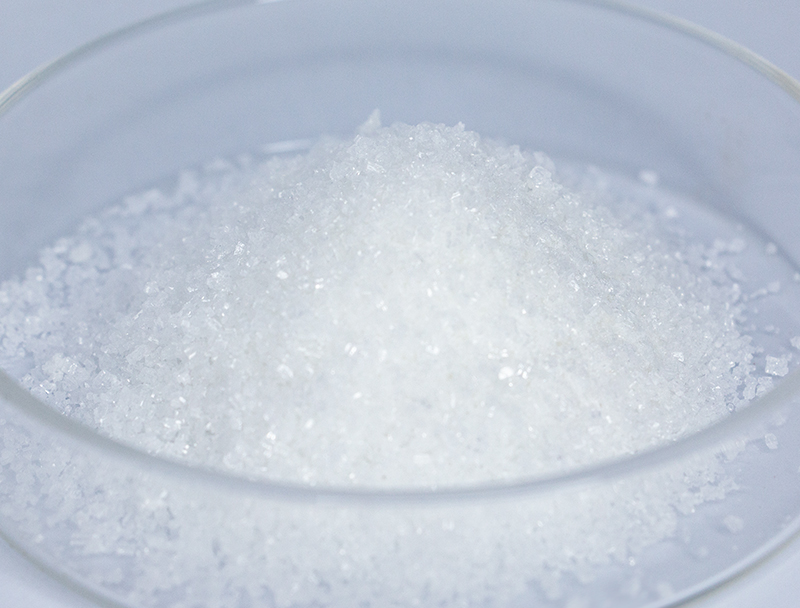
Biomanufacturing relies heavily on a broad palette of base components to manufacture advanced biological products.
Safeguarding continuous ethical sourcing of resources is paramount for the long-term viability and ethical growth of the industry.
a range of complications linked to historic procurement practices including biodiversity loss and excessive resource use. Therefore, biomanufacturing companies must actively seek out alternative sourcing strategies to minimize their ecological footprint.
- Instances of green procurement approaches are:
- Integrating compostable agricultural waste into supply chains
- Applying zero-waste frameworks to limit waste and optimize resource use
- Partnering with local suppliers committed to ethical sourcing practices
Such a move to ethical procurement delivers ecological gains and commercial returns over time.
Optimizing Biomass Feedstocks for Enhanced Biofuel Production
Optimizing biofuel yields depends strongly on feedstock quality and makeup. Researchers repeatedly investigate innovative methods to enhance feedstock potential, yielding greater biofuel outputs and greener energy prospects. Methods encompass cellular engineering to augment biomass output and refining processes to liberate fermentable carbohydrates.
- Concurrently, efforts examine seaweed, industrial byproducts, and crop residues to increase the variety of renewable feedstock alternatives for fuel production.
- Through these continuous efforts, the field of biofuel production is poised to make significant progress in the coming years, paving the way for a more renewable energy landscape.

Biopharmaceutical Production: Innovations in Upstream Processes
covers the early phases of biopharma production including culturing and biological harvesting New innovations across this area have produced enhanced manufacturing methods that boost yields.
Important innovations consist of upgraded cell platforms, customized nutrient matrices, and smart bioreactor solutions. These refinements escalate production and lower expenses and environmental strain.
- Moreover, continuous manufacturing adoption is enabling dynamic control and greater adaptability in upstream workflows.
- Transitioning to refined production methods has the potential to overhaul the industry and expedite new treatments.

CRISPR and Beyond: Improving Biopharma Production
improvements in molecular editing platforms like CRISPR have updated therapeutic production processes. With exact genomic alterations, researchers improve host productivity for therapeutic manufacture. The technique provides opportunities to manufacture economical, high-yield therapeutics for varied indications.
Using Microbial Systems for Site-Specific Remediation
cutting-edge microbial approaches that remediate contamination sustainably. Selected microbial cultures can remediate contaminants through biodegradation pathways.. Utilizing microbial metabolism supports eco-friendly site cleanup methods that limit secondary harm from remediation.. Researchers screen diverse microbial taxa for metabolic pathways suited to remove heavy metals, pesticide residues, and hydrocarbon contamination.. Organisms may be utilized in controlled reactors or in place to accelerate contaminant decomposition through biodegradation..
Biological remediation using microbes yields meaningful benefits compared to conventional strategies. Microbe-driven cleanup typically costs less and generates fewer dangerous byproducts. Similarly, microbe-based remediation affords specificity that avoids extensive ecosystem disturbance. Ongoing innovation aims to boost the throughput and efficacy of microbe-driven remediation approaches.
Bioinformatics' Impact on Drug Design
Computational tools have grown indispensable in the current drug discovery landscape. By leveraging complex datasets, bioinformatics expedites discovery and optimizes candidate safety and potency.
- Using extensive genomic, proteomic, and patient data, analysts discover targets and anticipate therapeutic performance.
- Moreover, bioinformatics contributes to drug design by simulating the interactions between drugs and their targets, ultimately leading to the development of more effective drugs.
- Finally, data-driven informatics is changing drug development and hastening patient access to effective therapies.
Pathway Engineering for Greater Bioproduct Yields
adopts varied approaches to raise biosynthetic yields of beneficial compounds. Strategies involve pathway refactoring by genetic modification, expression modulation for balanced flux, and grafting of novel genes to add capacity.. By calibrating pathway dynamics and expression levels teams can greatly amplify bioproduct yields.
This broad strategy is positioned to innovate sectors including pharmaceuticals, crop science, and bioenergy.

Scaling Biopharma Production: Hurdles and Advantages
Expanding production volumes poses difficult barriers yet offers substantial opportunities. Retaining quality standards during scale enlargement is a core difficulty. Meeting the need calls for dependable control systems, granular monitoring, and cutting-edge analytical methods.

One issue is the complexity of biopharmaceutical manufacturing processes, which often involve multiple steps.. Adapting protocols for industrial scale requires considerable development work and engineering advances.. Despite challenges, the benefits may be considerable. Well-executed upscaling can improve therapy access, decrease costs, and enhance economic performance.
Several projects are designed to mitigate these scaling barriers. Plans feature next-gen optimization hardware, sophisticated real-time analytics, and forward-looking production strategies.
- Technology development efforts underpin advances in production capability.
- Regulatory frameworks are being optimized to accommodate novel production technologies and promote innovation.
Regulatory Strategies for Biopharma Compliance and Patient Protection
Producing biopharmaceuticals demands comprehensive oversight to guarantee safety and clinical effectiveness. Biopharmaceuticals, often derived from biological sources, present unique challenges compared to traditional medications.
Authorities including the FDA and EMA implement guidelines and thresholds to assess and approve novel biologic products.
Extensive evaluation procedures are essential across development phases, spanning preclinical work to post-market checks.. The processes aim to expose risks and ensure that treatments meet exacting safety benchmarks.
Moreover, oversight agencies continually refine approaches to align with accelerating scientific progress in therapeutics.. Measures involve adopting innovative technologies and enabling development acceleration without compromising patient welfare.

Exploring the Potential of Plant-Based Biomass Feedstocks in Bioplastics
The trend toward sustainability stimulates development of renewable material technologies. Using plant feedstocks to make bioplastics gives a promising direction for sustainable material development. Organic feedstocks like cornstarch, cellulose, and sugarcane can be converted to compostable polymers that shrink the environmental footprint of plastics.
Similarly, selected bioplastics offer analogous properties to traditional plastics suitable for many applications.. Continuous development will unlock plant biomass value for sustainable bioplastic production and support circular systems.
This Emerging Impact on Public Health and Food Systems
Biotechnology equips Sialic Acid researchers with methods to tackle health crises and bolster food availability. Through CRISPR, synthetic circuit design, and cell therapy progress, developers generate methods to counter infectious agents, optimize crops, and elevate nutritional profiles.. A concrete example includes modified crops engineered for pest and stress tolerance that yield more while decreasing pesticide needs. Also, biotechnological innovation fuels development of immunizations, antimicrobial treatments, and diagnostic platforms vital for disease control and population health.. As innovations mature, biotechnology can provide meaningful contributions toward global health and resilient food supplies for future generations.
